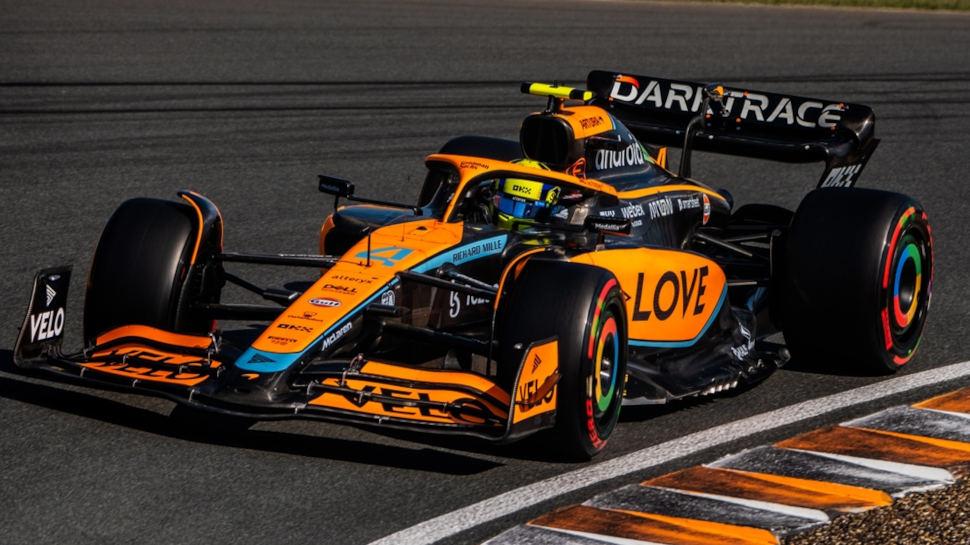Along with being the world’s fastest and most exhilarating, it’s probably fair to claim that Formula 1 is also the most data-centric sport around today.
With the ten teams constantly looking for anything to give them an advantage, and sessions and races often decided by tenths of a second or less, making the most of the data generated from Formula 1 cars has never been more important.
McLaren has enjoyed a stellar season so far, and joined forces with its official partner Alteryx to tell TechRadar Pro more about how data can help its race for the championship.
Mountains of data
“Organizations have more data than ever before – but still, the vast majority aren’t getting the maximum value out of that data,” notes Alan Jacobson, Chief Data and Analytics Officer (CDAO) at Alteryx, revealing over 80% of industrialized data goes unused – offering a “huge opportunity” to use this data to make better decision.
“The good news is, nearly every organization I meet with clearly understands that the ability to use data and analytics to drive business results is more important now than really ever before.”
However, Jacobson adds some businesses have been slow to deliver this transformation, “because it turns out that transformation is hard – it’s difficult to get an entire workforce upskilled and ready to go – so it’s figuring out how to go on the journey that’s the challenge.”
And when it comes to a journey, McLaren is certainly well set. The team has not won a Formula 1 constructors championship since 1998, but has seen an incredible rise in the last few seasons to challenge for the title in 2024, culminating in its recent dominant 1-2 with Oscar Piastri and Landon Norris at the Hungarian Grand Prix.

Speaking to TechRadar Pro, Dan Keyworth, Director, Business Technology at McLaren Racing, notes there are 300 sensors on a single Formula 1 car, generating over 250 million data points per car per race weekend (equivalent to 11 billion over the course of a season) – meaning the team is, “dealing with a tsunami of information.”
“We have this winner mindset, so we know what our target objectives are at all times,” he adds, noting taking a greater look at its data has helped not just the drivers or pit stop crew, but the 1200 McLaren Racing employees.
“If you understand what your pursuit of winning is, then apply that to supply chain, logistics, finance, engineering, your HR and people team – you can start to understand what data analytics can do to really elevate your business.”
Best of the best
McLaren and Alteryx clearly have a deep-rooted relationship, with the latter not only helping to boost efficiency and productivity in the team, but in potentially more surprising use cases such as data scientists looking to improve how they visualize workflows and save time coding.
“They’re the best of the best, and they’re really embracing the tools,” Keyworth notes.
He also highlights how Alteryx has helped the team with testing and development – a critical task in such a fast-moving sport. With new regulations set to govern Formula 1 from 2026, the teams are effectively soon set to be working on three entirely different builds for the current season, next season, and an all-new build for 2026.
Keyworth notes how McLaren has used the estimated 250 million data points generated by each car per race to build an entire digital twin of the car for testing. Alteryx is then able to help “stitch” all of the delta data sources together to find differences between this digital twin and its simulation runs against the real world car to help find any marginal gains.
“We’re constantly analyzing that data, constantly critiquing ourselves…(and) we’re always looking for those fine margins,” he says.
Jacobson agrees, noting how IT leaders really have to recognize they have to change the way they think, as “fundamentally, the goal is to change business processes to drive efficiencies and better outcomes.”
“It’s really an exciting time for IT leaders to help their organizations use this data.”




















+ There are no comments
Add yours